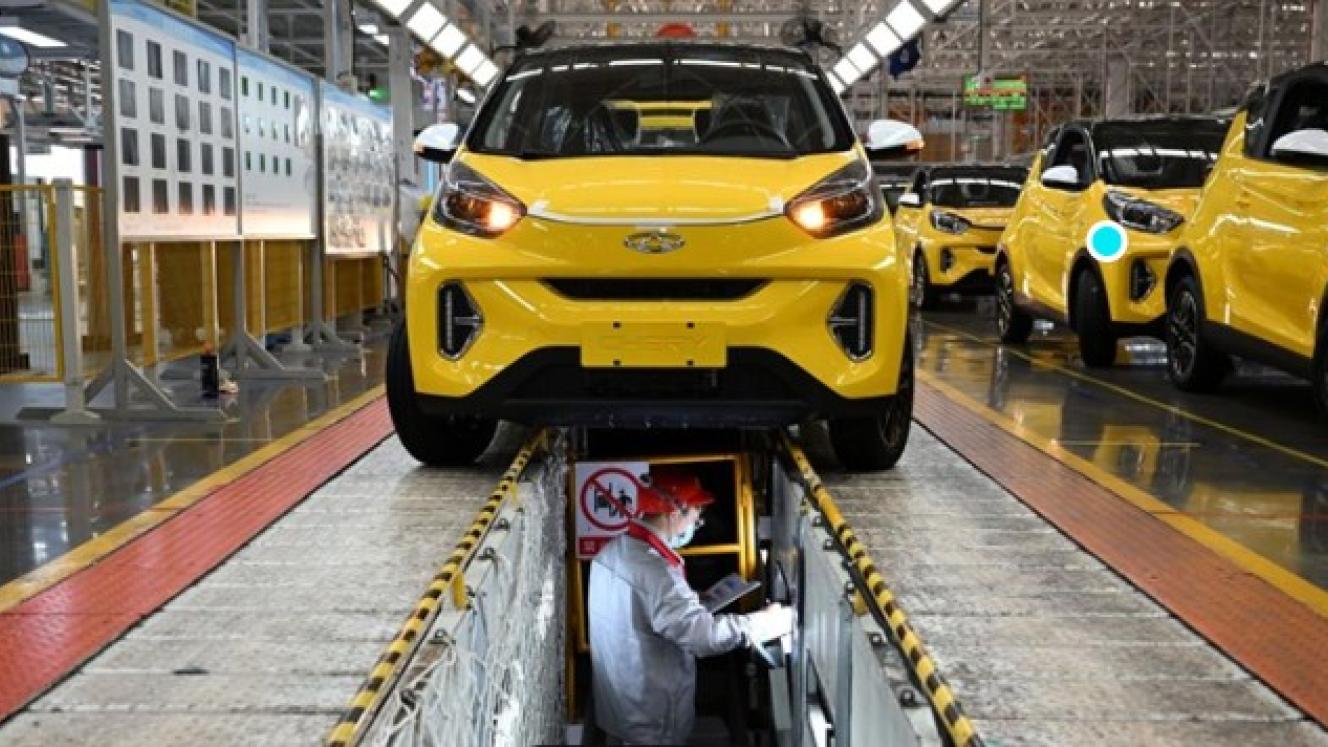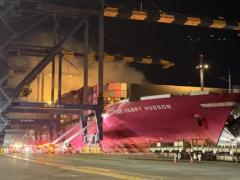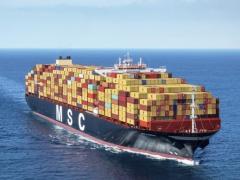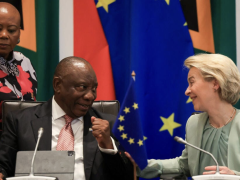South Africa’s automotive sector is at a crossroads, and Chinese auto manufacturers are increasingly being seen as stakeholders who may redefine its future.
After years of steady market penetration through imports and distribution, there are signs that some of these brands are considering a deeper, more permanent presence in South Africa.
Once considered fringe players, they now occupy a growing share of the local market. Chery, GWM and BAIC have become household names.
Their rise has coincided with a period of strain for South Africa’s traditional automotive manufacturing base, which has been grappling with global trade shifts, rising costs, and policy uncertainty.
Standard Bank executive vice president, Client Coverage, Corporate Investment Banking, Lydia Zhang, said despite its challenges South Africa presented a strong and credible case for deeper Chinese automotive manufacturing investment.
“The country offers a mature industrial ecosystem, a skilled and experienced workforce, and a supply chain that has been tested and proven over decades. At the same time, Chinese brands are building real traction with local consumers and establishing a meaningful presence in the market,” Zhang said.
“When you combine that with South Africa’s role as a gateway to a rapidly growing African continent, one with low motorisation rates and a young, upwardly mobile population, the investment rationale becomes compelling.”
In an era of shifting global trade dynamics, OEMs are increasingly looking to diversify their markets, localise production, and build greater supply chain resilience. In that context, South Africa stands out as a natural hub for long-term, sustainable growth.
Chinese OEMs have already established manufacturing facilities globally in other regions, and to establish facilities in SA to serve the African region could enhance their current growth strategy on the continent.
Chinese brands have reached a scale where local assembly could soon make economic sense. Sales volumes are growing rapidly, and their distribution networks are becoming more sophisticated.
Several leading Chinese brands have launched feasibility studies to assess the potential of establishing assembly plants in South Africa. These studies are ongoing, and although no formal announcements have been made, the intent is evident.
Meanwhile, traditional manufacturers are reportedly scaling back operations or relocating production outside South Africa. This creates a vacuum.
South Africa’s Department of Trade, Industry and Competition has expressed interest in attracting new automotive investment, and programmes like the Automotive Production and Development Programme offer financial incentives that could make local manufacturing more attractive.
“While we would expect Chinese OEMs to begin with semi-knocked-down or limited-scale assembly, it is important that this evolves into full-scale CKD (Completely Knocked Down) production within a defined timeframe,” Zhang said.
“We see this progression as critical for job creation and meaningful local industry participation, supported by South Africa’s automotive supplier base. Government policy should reinforce this trajectory, ensuring accountability and tangible local economic impact.”
South Africa has duty-free trade access to Europe, which benefits the country through increased exports, improved economic growth, and enhanced regional cooperation. Once government has finalised a revised and recalibrated Automotive Production and Development Programme (APDP) framework to incentivise new energy vehicle (NEV) production, this will present an opportunity for Chinese OEMs to scale NEV manufacturing for the European market, positioning South Africa as a strategic production and export base for next-generation mobility.
However, challenges remain.
“Infrastructure constraints, including energy supply and logistics, continue to be monitored. Investors will also be looking for clarity around tariffs, labour laws, and long-term policy commitments,” Zhang said.
Brand perception is another consideration.
“While Chinese vehicles are gaining acceptance, some consumers still benchmark them against their European and US rivals. Continued investment in quality, after-sales service, enhancing the used vehicle value retention, and marketing will be essential to shift any perception gaps,” she said.
“The next few years could mark a turning point for South Africa’s automotive sector. If more Chinese OEMs commit to local manufacturing, it would not only reshape the competitive landscape, but also reinvigorate an industry facing structural challenges. It would demonstrate that South Africa remains a viable and attractive destination for industrial investment, even in a rapidly changing global economy,” Zhang said.













